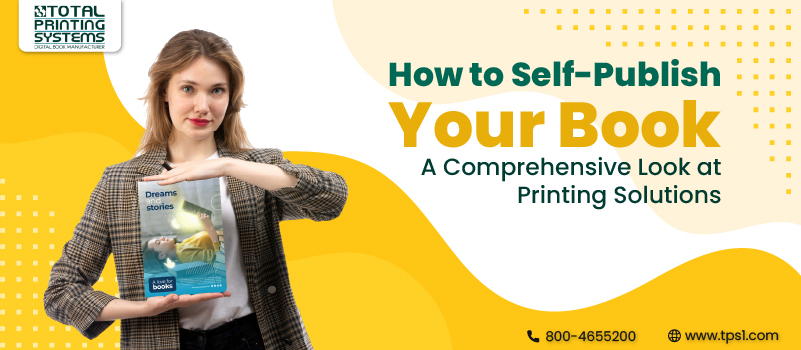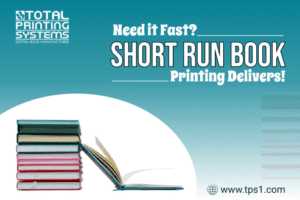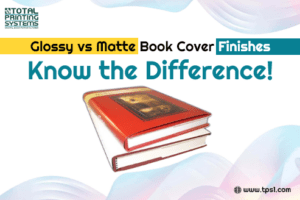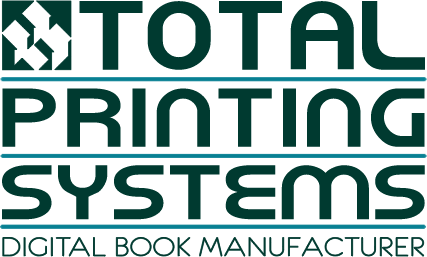
Self-publishing has gained traction recently and is popular with authors wanting to maintain creative control and earn higher royalties. It also allows authors to publish physical copies or eBook, depending on their market segment. Whether you want to publish your fiction, poetry, essays, or want to provide valuable resources to your customers, this post offers you a step-by-step guide for self-publishing a book.
From Manuscript to Marketplace: 8 Steps for Publishing a Book
Here are eight steps for self-publishing books:
- Prepare Your Manuscript: The first crucial step is completing your manuscript in time. You must set aside dedicated time each day for writing. This will help you organize your thoughts better and ensure a coherent flow.
- Edit Your Manuscript: Once the manuscript is written, you must edit it to avoid grammatical mistakes. Remember, a properly edited and formatted manuscript stands a higher chance of success. There are several types of editing you must know about
- Developmental Editing: In this type of editing, you must focus on the content and structure. Read the manuscript several times to ensure readability, connectivity, and clarity.
- Copy Editing: Correct grammar, syntax errors, spelling, and punctuation. Complete this step because copy editing is essential for establishing credibility.
- Proofreading: This is the final review done to identify and fix errors that may have been overlooked earlier.
- Format Your Book: It is time for formatting once the manuscript is finalized. This formatting would vary depending on whether you want to print or release an eBook. Thankfully, several software tools make this process manageable. You can use Microsoft Word, Adobe Acrobat Reader, Scrivener, Adobe InDesign, Vellum, Calibre, KindleCreate, and PressBooks for formatting. Ensure the layout of your book is reader-friendly, with appropriate font sizes, chapter headings, and margins. We highly recommend using professional InDesign application for best results.
- Design a Cover: Your book cover makes the first impression on potential readers; hence, it is essential to make it appealing. You can hire a designer for your book cover design or do it independently. If doing it on your own, visit websites like Pinterest or Dribble for ideas and create a mood board. You can also use tools like Adobe Express or Canva to design a cover. If you want to hire a designer, please visit https://www.tps1.com/resources/#preferred-providers
- Choose the Right Paper and Binding: Choose the right paper stock for your book. The paper’s weight and finish can impact your book’s feel and look. For instance, a glossy finish will help the colors to stand out and sometimes cause glare. However, a matte finish softens the colors and makes it easier to read. Cream stocks are generally considered to provide easier readability. Next, comes the binding style, which will hold your book and affect its overall production cost, aesthetic value, and durability. There are different binding styles for your consideration. The selection of the right style would depend on your book type. For instance,
- Saddle Stitching: It is suited for binding books required for short-term use, such as small booklets, calendars, magazines, and so on
- Perfect Binding: It is suited for binding magazines, catalogs, and novels
- Adhesive Case Binding: It is suited for text books, first editions, or keepsakes
- Mechanical Binding: It is ideal for binding recipe books, notebooks, and books that need to lay flat.
You can learn about different binding styles in the blog “Innovative Binding Solutions for Every Type of Book”.
- Obtain ISBN and Copyright: Do you want to distribute your book widely? You must get an International Standard Book Number (ISBN), a 13-digit numeric code that offers information regarding the book publisher, edition, version, and language. This number will make it easy for retailers, librarians, and wholesalers to find your book. This number will also make it easy for bookstores, librarians, distributors, online distributors, and wholesalers to track the sales and purchase of your book. Many retailers like Barnes & Noble, Amazon, Apple, and Kobo do not require ISBNs for eBooks. However, obtaining ISBN is essential if you plan to sell printed copies through any of the retailers above. You can purchase an ISBN directly from Bowker – the official US ISBN agency. Once you have finalized the manuscript, you can copyright your book through the official website – https://copyright.gov/.
- Choose the Right Self-Publishing Platform: Once you have met all the above requirements, you must choose the right self-publishing platform. You can choose between print-on-demand and bulk printing.
- Print-on-Demand Publishing: This model allows you to print a single or multiple copies, depending on the requirement. These publishing services use digital printing technology.
- Bulk Printing and Distribution: In this model, many book copies are printed at once. Digital book manufacturers specialize in short-runs which is generally perfect for the self-published author.
- Focus on Marketing and Distribution: Marketing your book effectively is essential for success. Focusing on the ideas and strategies below will help you market and distribute your book better.
- Create a page on social media platforms like Facebook, TikTok, Instagram, and LinkedIn to engage your friends and potential buyers.
- Create an author website to share your bio, brand, contact info, and upcoming events.
- Begin blogging and build an email list. It will help you connect with your audience before and after the book launch.
- Once you are set, you can launch your book virtually or physically. You can host the virtual host party on Zoom, Instagram, and Facebook. If you want to do it physically, you can reach out to book clubs and local bookstores, or visit book festivals, and engage with your community through literacy events and book readings.
Total Printing Systems: Your Trusted Partner for Self-Publishing a Book
Total Printing Systems offers high-quality short-run and ultra-short run book manufacturing services, catering to self-publishers seeking cost-effective and flexible printing options. Whether you want to print a novel, a manual, or a photo book, we use the latest digital printing technology to bring your project to life without compromising quality. From perfect bound to spiral-bound books, each project is handled with attention to detail, ensuring your product meets professional standards. We also help our clients to convert their manuscripts into eBooks. Are you planning to publish an eBook? Here is what you have to do:
- Submit your files in PDF format.
- Our team will offer you the best quote after the analysis.
- The conversion process will begin after receiving your deposit.
- Your print-ready PDFs will be converted to the either fixed layout or optimized ePUB.
For further information regarding e-book conversion services or short-run and ultra-short-run book manufacturing services, please call us at 800-465-5200 or email at sales@tps1.com.
Do you have specifications? You can try our instant quote generator. Whether you want to print books in small batches or convert your manuscript into an eBook, we can handle everything from print to delivery.








